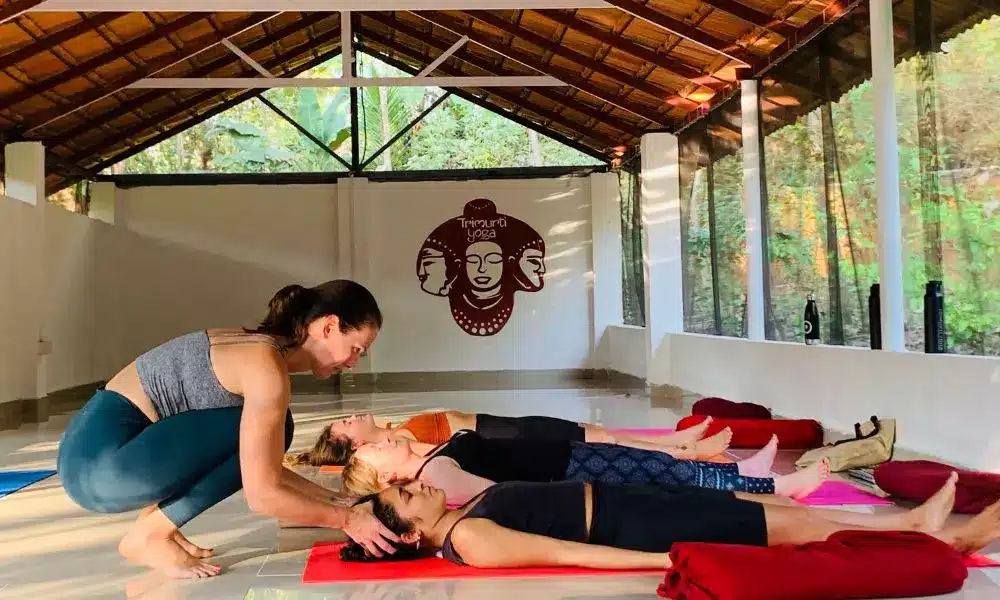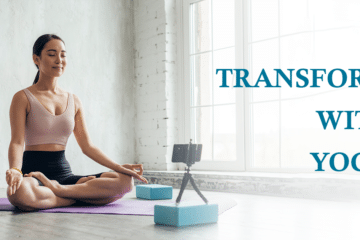Yoga is a diverse practice with a multitude of styles, each offering unique benefits. Two popular styles, Yin yoga, and Vinyasa yoga, stand out for their distinct approaches to the practice.
While both have their merits, they cater to different needs and preferences. In this article, we’ll delve into the benefits of Yin yoga and Vinyasa yoga, helping you choose the one that suits your goals and lifestyle.
Yin Yoga Benefits
- Deep Tissue Release: Yin yoga involves holding poses for extended periods (usually 3-5 minutes or more). This extended duration allows for a deep release of connective tissues, fascia, and muscles. It can be especially beneficial for individuals with tightness or stiffness.
- Improved Flexibility: Consistent Yin yoga practice can enhance joint mobility and flexibility. It focuses on stretching and lengthening, making it an excellent choice for those looking to increase their range of motion.
- Stress Reduction: The slow, meditative nature of Yin yoga encourages relaxation and helps reduce stress and anxiety. Holding poses for longer durations allows you to delve deeper into mindfulness and meditation.
- Balancing Energy: Yin yoga is often associated with the meridian lines of Traditional Chinese Medicine. Practitioners believe it can help balance the body’s energy flow, promoting overall well-being.
- Enhanced Circulation: While Yin yoga may not be as dynamic as other styles, the gentle stretches and poses can still promote better circulation and blood flow.
Vinyasa Yoga Benefits
- Cardiovascular Workout: Vinyasa yoga is a more dynamic and fast-paced style. The continuous flow of movements generates heat and can provide a cardiovascular workout, helping improve heart health and stamina.
- Muscle Strength: Vinyasa yoga involves frequent transitions between poses, which engages and strengthens various muscle groups. It’s an excellent choice for those looking to tone and build muscle.
- Flexibility and Balance: While not as static as Yin yoga, Vinyasa still incorporates a range of poses that enhance flexibility and balance. The fluid sequences encourage mindful movements.
- Weight Management: The combination of physical activity and mindfulness in Vinyasa yoga can support weight management efforts by burning calories and promoting a healthy relationship with food.
- Mental Clarity: Vinyasa yoga often incorporates breath control (pranayama) and meditation, promoting mental clarity and stress relief. The synchronization of breath and movement can improve focus and concentration.
Choosing the Right Yoga Style
The choice between Yin and Vinyasa yoga ultimately depends on your personal goals and preferences.
If you seek relaxation, deep stretching, and stress reduction, Yin yoga may be your best choice.
On the other hand, if you’re looking for a more dynamic practice that combines physical fitness with mindfulness, Vinyasa yoga could be the better fit.
Remember that yoga is a flexible practice, and you can always incorporate elements of both Yin and Vinyasa into your routine to enjoy a well-rounded yoga experience.
Regardless of your choice, the key is to find a practice that resonates with you and supports your physical and mental well-being.



